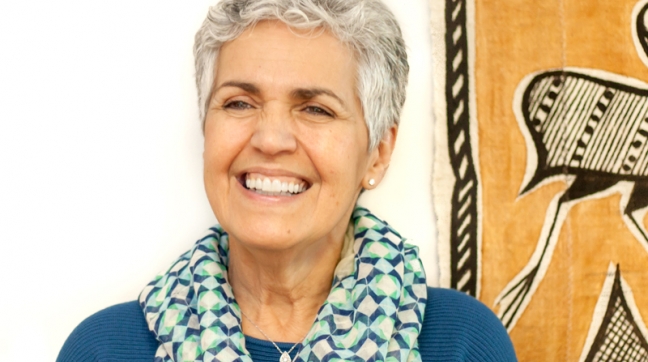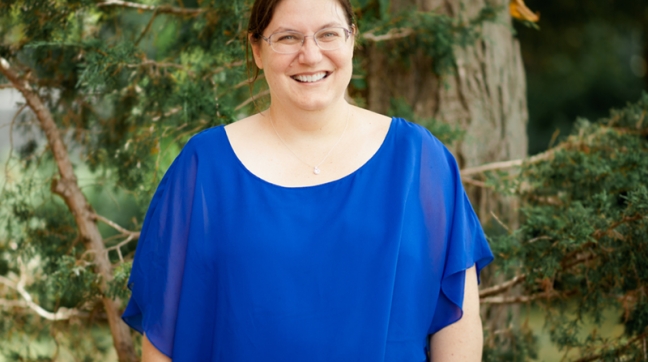Reporting grants data is the solution to the incomplete grants data picture in Connecticut. For 2017, CCP’s CT Foundations Stats captured just 51% of detailed grants data. Comprehensive reporting that contains the grant issue area, grant size, population served, and the location where that funding is having an impact is crucial to creating a more informed philanthropic community. With improved data, grantmakers can more easily search for gaps in funding and target overlooked areas, align their grantmaking with others or even collaborate. And the consequences of failing to self-report affect both grantmakers and nonprofits.
Susan Sadecki is the president and CEO of the Main Street Community Foundation, which supports six towns in Central Connecticut. After conducting grants research, Susan was shocked to discover that her organization’s workforce development grant was misrepresented. While Foundation Maps’ listing was not intentionally misleading, it did not tell the complete story. The best way to combat this data shortcoming is to self-report. It empowers foundations and ensures that grant information is as accurate and as complete as possible.
The Disappearing Act
The grant, which funded a summer employment program, was listed as program support. This classification was not inaccurate, but it was not particularly illustrative either; it failed to describe the issue area of the program. As a result, when Susan and Dee Goodrich, CCP’s director of member engagement, pulled existing data on workforce development grants in the state, Main Street Community Foundation was nowhere to be found.
Susan was naturally surprised that her organization’s $93,000 grant was absent from Foundation Center’s grants database. She realized that if foundations don’t make self-reporting a priority, there are limitations on how much control they have over their portrayal. “If you don’t take responsibility for reporting your own data you run the risk that people will misinterpret and misuse that data,” Susan said.
Because certain types of grants are listed under the umbrella of program support on 990 tax forms, specific issue areas aren’t highlighted. Susan stressed that relying on automated data gathering from the 990s could also potentially lead to the underestimation of a foundation’s assets and grants because of the complex tax classifications. “We don’t want the public to be misinformed. The 990 is not the end all,” Susan said.
Consistency is Key

 The William Casper Graustein Memorial Fund has been consistently reporting grants data to Foundation Center. Graustein’s Rachel Murphy, said that self-reporting was a way to let others know what The Fund was granting and where. Rachel also explained that the reporting is quick and intuitive. Since using the Blackbaud grants database, Rachel said reporting sometimes takes her as little as ten minutes and that the process is straightforward. And the grants can be reported as soon as the granting is complete, thereby making the data very current.
The William Casper Graustein Memorial Fund has been consistently reporting grants data to Foundation Center. Graustein’s Rachel Murphy, said that self-reporting was a way to let others know what The Fund was granting and where. Rachel also explained that the reporting is quick and intuitive. Since using the Blackbaud grants database, Rachel said reporting sometimes takes her as little as ten minutes and that the process is straightforward. And the grants can be reported as soon as the granting is complete, thereby making the data very current.
Carmen Siberon, Graustein’s senior program officer, said that self-reporting is as beneficial to the organization reporting and other grantmakers, as it is to nonprofits. “Nonprofits can easily see what we are reporting and have a better sense of whether this organization would be a good match for them.”
 eReport and Get on the Map
eReport and Get on the Map
To guarantee that grants data is accurately reported, CCP urges members to Get on the Map with the Foundation Center’s data-sharing initiative. Providing the Foundation Center with grants data enriches the pool of information for CCP’s data tools and reports, the Connecticut Giving Report, Connecticut Grantmaking Map, and Connecticut Foundation Stats.
More detailed data benefits foundations and nonprofits immensely. Not only is the reporting quick and straightforward, but there are demonstrable consequences for failing to. CCP members that want to Get on the Map can electronically report their grants data through Foundation Center’s Updater website and the new streamlined eReporting template. Find out more about eReporting at https://www.ctphilanthropy.org/get-map.
CCP's Get on the Map feature was written by Kobe Amos, CCP's Data and Communication Intern.